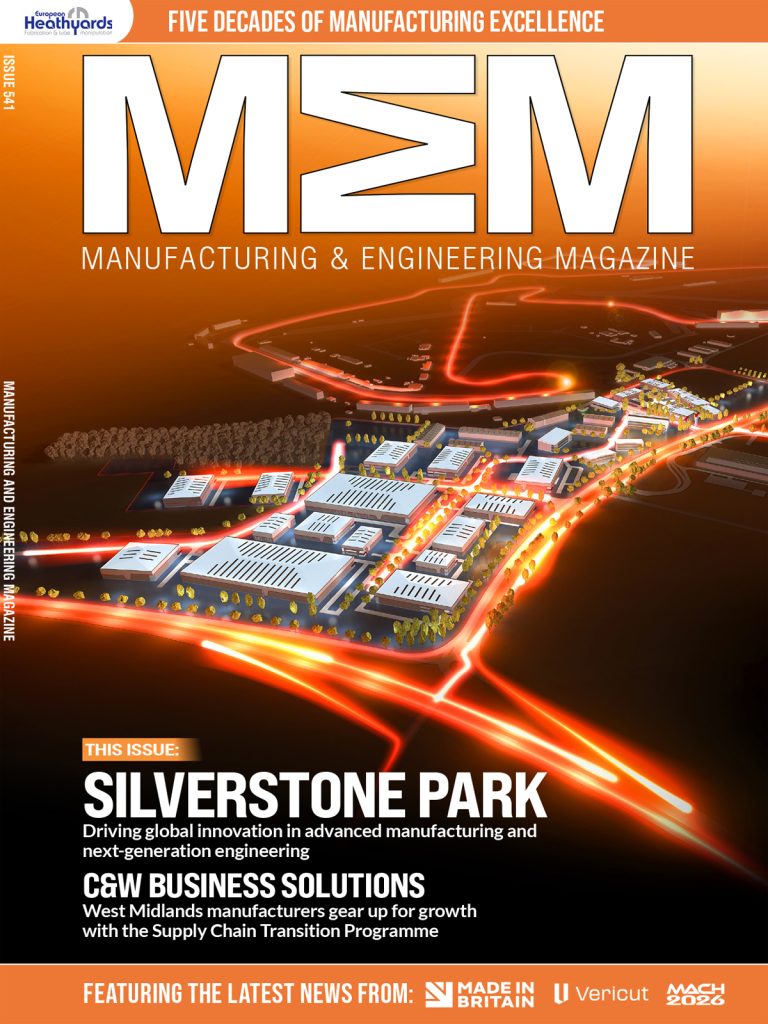After several years of economic uncertainty, the UK’s small business landscape is showing an interesting, and encouraging, shift in borrowing behaviour. According to the British Business Bank’s latest Small Business Finance Markets Report, fewer SMEs are using external finance – down from around half to just over 40% – yet the total value of lending is on the rise.
In other words, smaller firms aren’t borrowing less, they’re borrowing smarter. The ” selective borrower ” has emerged, and they’re more cautious, and increasingly focused on investment that drives efficiency and growth rather than short-term survival.
Here, Rory Crisp‑Jones of Jones & Co Finance, argues this evolution brings both a challenge and an opportunity for UK business owners who want to make confident, well-informed decisions about when and how to access funding.
On an almost daily basis now, we are witnessing a real mindset shift among business owners. A few years ago, borrowing was often reactive, and driven by short-term cashflow needs whereas now, we see SMEs that want to understand the impact, plan for contingencies, and make sure borrowing truly supports their growth.
During the pandemic and the inflationary years that followed, many small businesses were forced to seek support simply to stay afloat. Schemes such as the Coronavirus Business Interruption Loan Scheme (CBILS) and the Bounce Back Loan Scheme (BBLS) flooded the market with liquidity, creating a generation of firms with new or increased debt positions.
Fast-forward to 2025, and the picture is quite different. Despite the rising cost of borrowing, the appetite for finance among growth-oriented SMEs has not disappeared, if anything it has evolved somewhat, and we may also see a shift in thinking again as the Government looks likely to reform business rates for small businesses to help with growth plans – giving SMEs greater flexibility and confidence in the future.
Businesses are being more selective, targeting finance for defined purposes such as technology upgrades, productivity investment, and sustainability transitions rather than day-to-day working capital.
Furthermore, business owners are taking a longer-term view, and there’s a strong sense of, ‘If I’m going to take on debt, it has to directly support efficiency or expansion.’ That’s a very healthy shift, and it’s changing how advisers and lenders need to engage with clients.
The British Business Bank’s research found that more than half of smaller firms (54%) believe they are less likely to be approved for finance today than they were two years ago, even though actual approval rates have held relatively steady.
So, there’s a confidence gap, which means thousands of viable businesses may be holding back from borrowing that could enable growth or innovation. In fact, many SME owners still carry a legacy view that finance is hard to access or that lenders are quick to say no. The reality, however, is often different, but unless someone helps them navigate that process, they may never test the water.
Regional disparities
The above report also highlights persistent regional disparities in access to finance. London and the South East still account for a disproportionate share of lending and equity investment, while many businesses in the North, Midlands, Wales and the devolved nations face higher rejection rates or lack awareness of funding options.
This imbalance underscores the importance of local expertise, because in many regional economies, business owners want to speak to someone who understands their market, their sector, and the challenges of running a company outside the capital.
As the borrowing culture shifts, so too must the approach of finance professionals and lenders. SMEs today want strategic partnerships, they want to work with someone who can help them weigh up the timing, structure and long-term implications of borrowing.
And as advisers, we need to play our part here, and we should be asking: what are you trying to achieve, how resilient is your cashflow, and what’s the best funding mix for your business goals?
If clients understand how lenders make decisions, and lenders see more robust, well-prepared applications, everyone benefits. It builds confidence on both sides.
For SMEs weighing up whether to seek finance in 2025 and into 2016, it’s essential to start by being crystal clear on why you need the funding and what it will achieve. Whether it’s accelerating expansion, upgrading equipment or driving digital transformation, the purpose should be tied to measurable outcomes. Then take a hard look at your cashflow, and stress-test different repayment scenarios using realistic assumptions about revenue and costs so you know exactly what the business can sustain.
It’s also worth exploring the full spectrum of finance options. Traditional lending remains important, but there’s growing interest in hybrid instruments and alternative models. Understanding how these products work, and where they fit into your growth plans, can open doors you may not have considered.
Likewise, don’t wait until the last minute to seek guidance. Bringing in a qualified adviser or broker early can make a meaningful difference, helping you structure your proposal in a way that strengthens your case with lenders. And throughout the process, keep communication open, because maintaining transparency about business performance builds trust and creates more room for flexibility in the future.
The rise of the selective borrower suggests that small businesses are becoming more sophisticated and resilient in their approach to finance. With better information, confidence and support, they can continue to invest, innovate and drive the UK’s recovery. Caution isn’t a bad thing, it’s a sign of maturity and the key is to pair that caution with confidence and clarity.
Manufacturing & Engineering Magazine | The Home of Manufacturing Industry News













